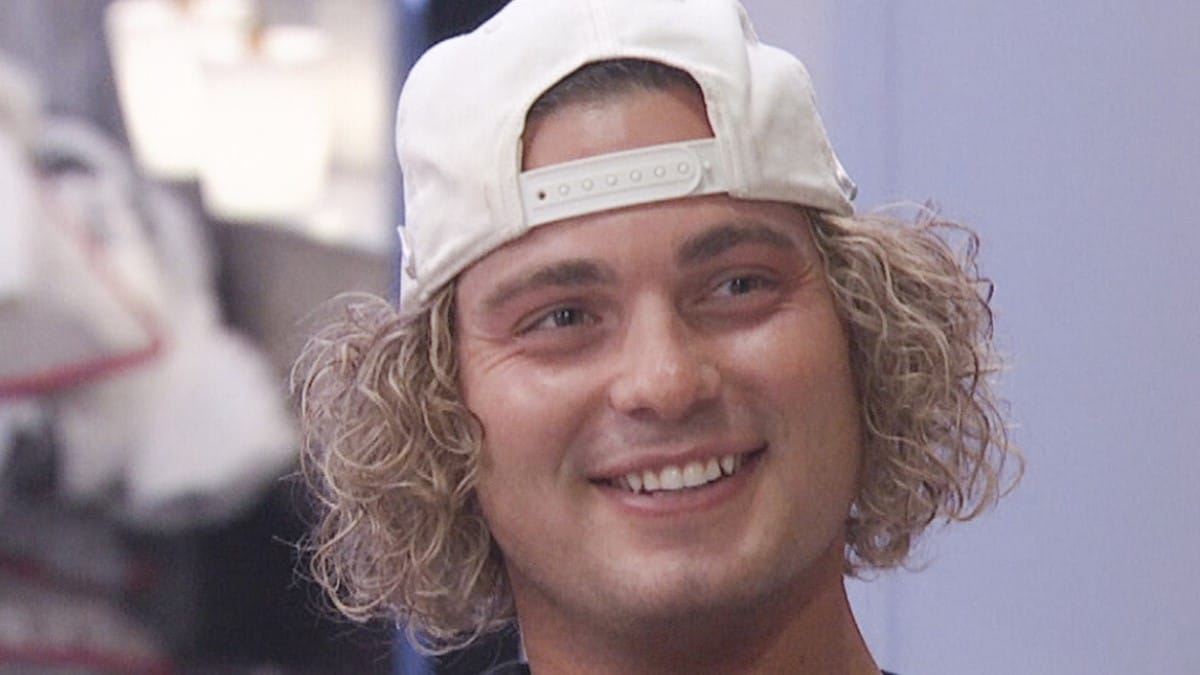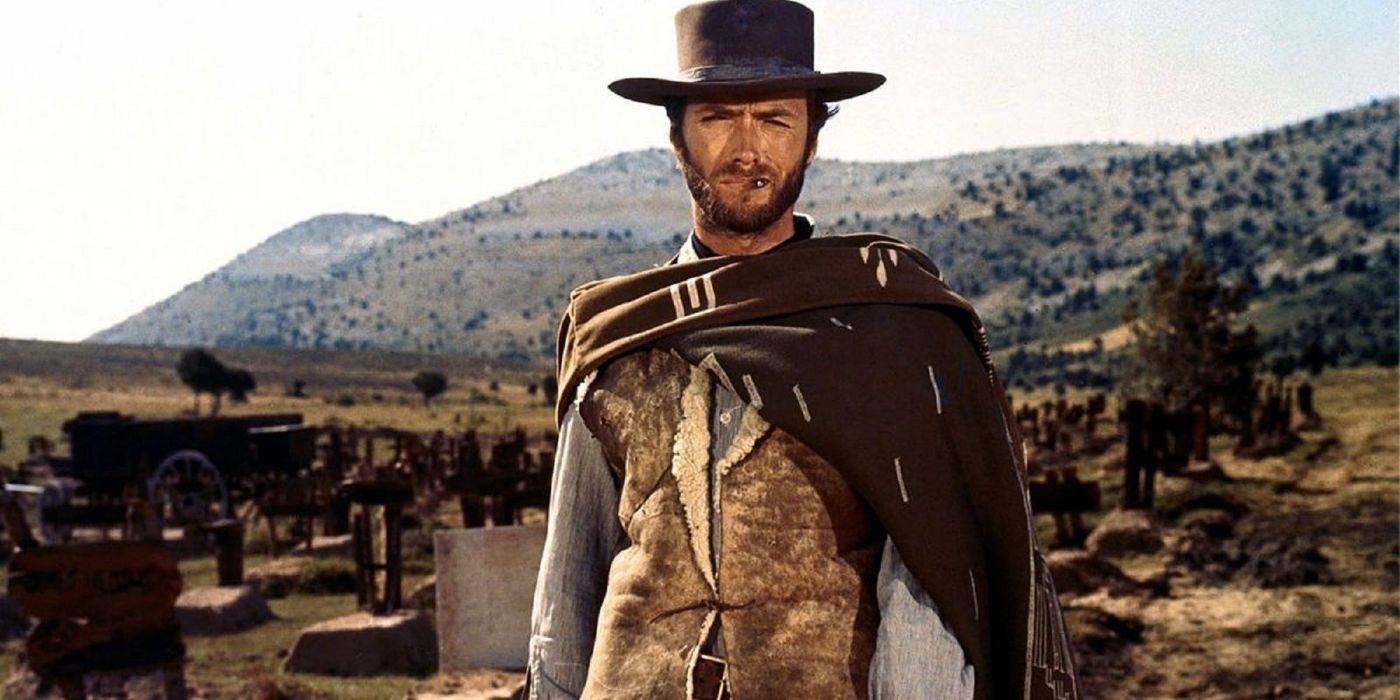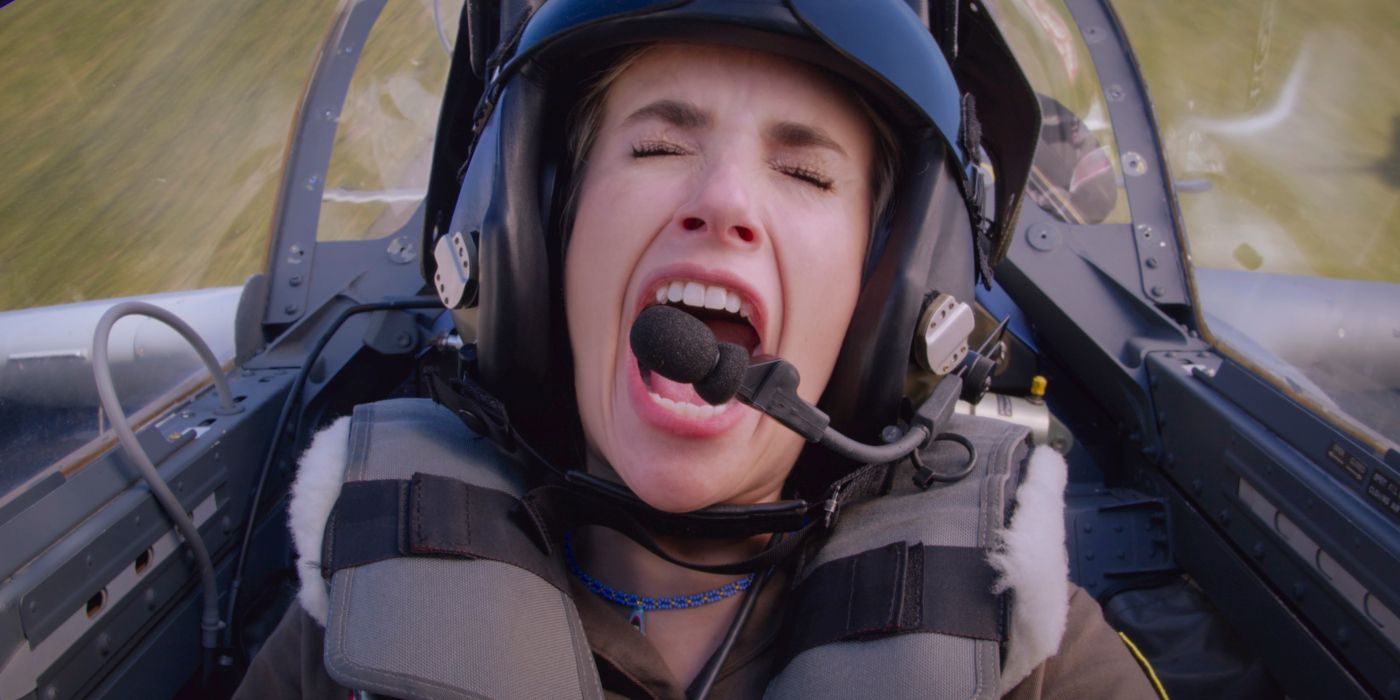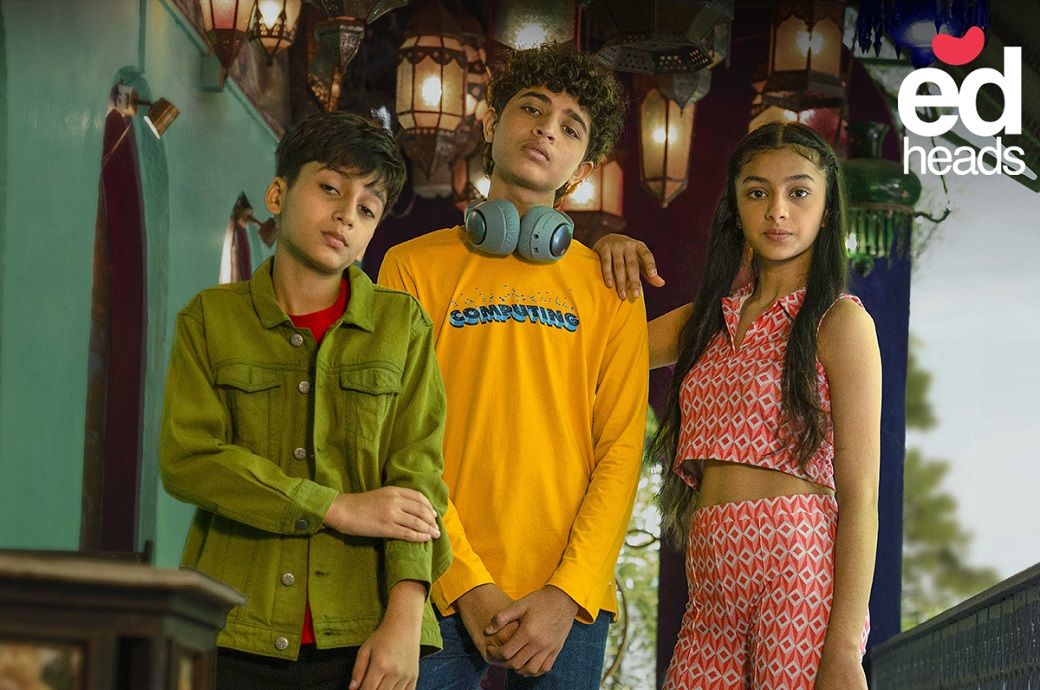In this series, we dig deeper into the stories of our expert contributors. This interview has been edited for clarity and length.
Gene De Libero’s martech journey has been a wild ride. He created and sold one of the first social networks and developed an early digital out-of-home platform for movie theaters. The role of education is also a significant thread in Gene’s career. He self-educated himself about emerging technologies that then had no manual. Later, he would write such a handbook for a major publisher.
Along the way he’s been advising executives at major enterprises and agencies while teaching marketers of the future at New York University. Gene is currently a principal at Digital Mindshare LLC, a New York-based consultancy. And he’s a frequent contributor to MarTech.
Q: How did you get into marketing and technology?
A: When I was a kid in my late teens, my mom died and my dad was sick. So I had to drop out of school and take care of business. And I never really got to go to college. I wanted to be a dentist, believe it or not! So, I dove right into work. I left home at 18 and traveled west. My brother was in Seattle. I got into the world of the Pacific Northwest — what an eye-opener for a sheltered kid living on Long Island.
I became a professional musician. And when I left the music business several years later, in the early 1980s, and came back to New York, I needed a way to keep in touch because I missed all those guys. So we started to find ways to use the tools of the time — Commodore 64, Atari 1040ST. PCs weren’t out yet. We found ways to use modems and connectivity to stay connected and even collaborate musically. The people I’d met and played music with — we all were using MIDI (musical instrument digital interface).
I started to think there was a place for this technology because we weren’t the only people who wanted to stay connected. So I built one of the first commercial social networks — East Coast MIDI. It didn’t start out being commercial — it was just a place for all of us to get together. But as more people started visiting this kind of bulletin board system, I found myself really getting immersed in this idea of commercial social. GEnie (General Electric Network for Information Exchange) and CompuServe were my competitors at the time. I said, if they can do it, I can do it. I have the same interfaces as they do, but I have an audience they don’t have. So I started charging $130 a year. Synthesizer patches and conversation — ways to stay connected.
I started reaching out to vendors and telling them that for $500, they could have a support forum on my social media network. It just expanded from there until it got so big I couldn’t manage it, so I sold it.
Q: How did you get into working for companies and advising them?
A: I moved into companies working as the tech support guy and got super focused on network technology. In the mid-’80s networks were very nascent in the commercial space — expensive, hard to connect. I moved to Wall Street and cut my teeth in a derivatives industry building networks around the world because they were global institutions.
As I started to do that, I saw a lot of my colleagues going back to school to get their MBA. People with a technical background and a business degree were in high demand at the time (early ’90s). There was no way I was going to get an MBA — I had to get a GED, which I did. In one company on Wall Street, there was a guy there who was finishing up a book, “Making Multimedia with (IBM’s) Linkway.” We became friends and he became a mentor and co-author of my first book.
I decided instead of getting an MBA, I needed to get into the tech side of this creative scene because we’re in the ’90s now and I’m thinking about Web 1.0. All the websites were very one-sided, a one-way communication tool. In 1994, my mentor and his publisher agreed that we would work on a handbook for managers on how to understand networks and tools for learning, communication and commerce. It was supposed to be 200 pages and it turned out to be 528! It became a textbook at colleges and universities.
Q: Did you start any other tech businesses?
A: After the book, I started applying all of those learnings to the marketing space. I built one of the first digital out-of-home platforms. If you saw “Minority Report” — you walk into a Gap and the screens recognize you — we built technology like that and partnered with Shari Redstone at National Amusements and we put those screens in movie theaters. They knew how many people stood in front of the screen, how long you stood there. They were a marketing tool. They could understand who you were and what your preferences were if you had a loyalty card. We could go to Chrysler and say, “We can show your minivan ad, but only to the people that fit your profile.” If you swiped your card at the screen, we’d know exactly who you were and if you fit the criteria, we’d show you a specific ad based on your needs.
Dig deeper: Pepsi, McDonald’s and the latest in digital out-of-home
Q: How did you get into teaching?
A: With my book being a textbook, we got to meet a number of great people in education and behavioral science, like Donald Norman. I was applying all that learning in martech and got a gig at NYU as an adjunct, developing their first digital marketing program. And I did that for 20-plus years. No degree, yet here I am teaching and developing out-of-home, distance learning tools and focusing on how to get agencies more digital. And that became my business, working with agencies.
Q: Why agencies?
A: What was happening was that for agency clients, it was traditionally all about TV commercials and print ads. As we started moving through the 90s, brands were coming to the agency saying, “We’ve got to get digital.” I worked inside some top agencies as a senior executive, meeting with some of the presidents, these “Mad Men” who’d been around forever and saw how much their business was changing. That became a large part of my business, working with agencies and helping them become digital.
Q: Going back to your music and early tech days, do you think musicians are inclined toward technology because of all the electronic music that was around in the ’70s and ’80s? Or is there something deeper that connects musicians to technology and computers?
B: I think it’s more fundamental. I see it even in my kids. My kids are into science and math, and they gravitate toward music. Playing an instrument was something they wanted to do. It’s easier, more intuitive for them to pick up an instrument, read music and understand cadence, versus someone who is not immersed in the STEM field. They seem to go hand-in-glove. I think it’s some organic thing that happens. It’s amazing.
Q: From your experience in creating an early social network, how has the way consumers use them changed?
A: There’s been a transformation in what social networking means. Look at MySpace and where we are today with Meta and other platforms. In the ’80s there was a whole different generation of people who were using technology, and there weren’t many of us. Technology was nascent at the time. But as we move forward, now we’re talking about digital natives. Now there are so many ways we can use these social tools — for good, for commerce, for learning. And for bad things as well, so I think this evolution has been transformational but not always in a good way.
Q: In the early days, was there less bad? Did musicians stick to music discussions instead of cyber-bullying?
A: It was always there. People will always find ways to do evil stuff. But from my early experience, a lot of the networks like GEnie were trying to be all things to all people. You didn’t see a lot of hate and a lot of craziness because they were small and easier to manage. But with AOL and early Facebook, when those things started to take off, you started to see bad actors because you can’t keep up. It was too big, too fast, too much. How many humans can you put on these moderation tasks?
The same applies to AI and how it affects marketing today. It’s pretty impressive, but by the same token, marketers are just trying to get through their day. So when we talk about new generative AI and predictive analytics applications, they already feel overwhelmed about their budget, staff and existing technology.
The post Gene De Libero: Spotlight on the expert appeared first on MarTech.
























































![Key Metrics for Social Media Marketing [Infographic] Key Metrics for Social Media Marketing [Infographic]](https://www.socialmediatoday.com/imgproxy/nP1lliSbrTbUmhFV6RdAz9qJZFvsstq3IG6orLUMMls/g:ce/rs:fit:770:435/bG9jYWw6Ly8vZGl2ZWltYWdlL3NvY2lhbF9tZWRpYV9yb2lfaW5vZ3JhcGhpYzIucG5n.webp)
















